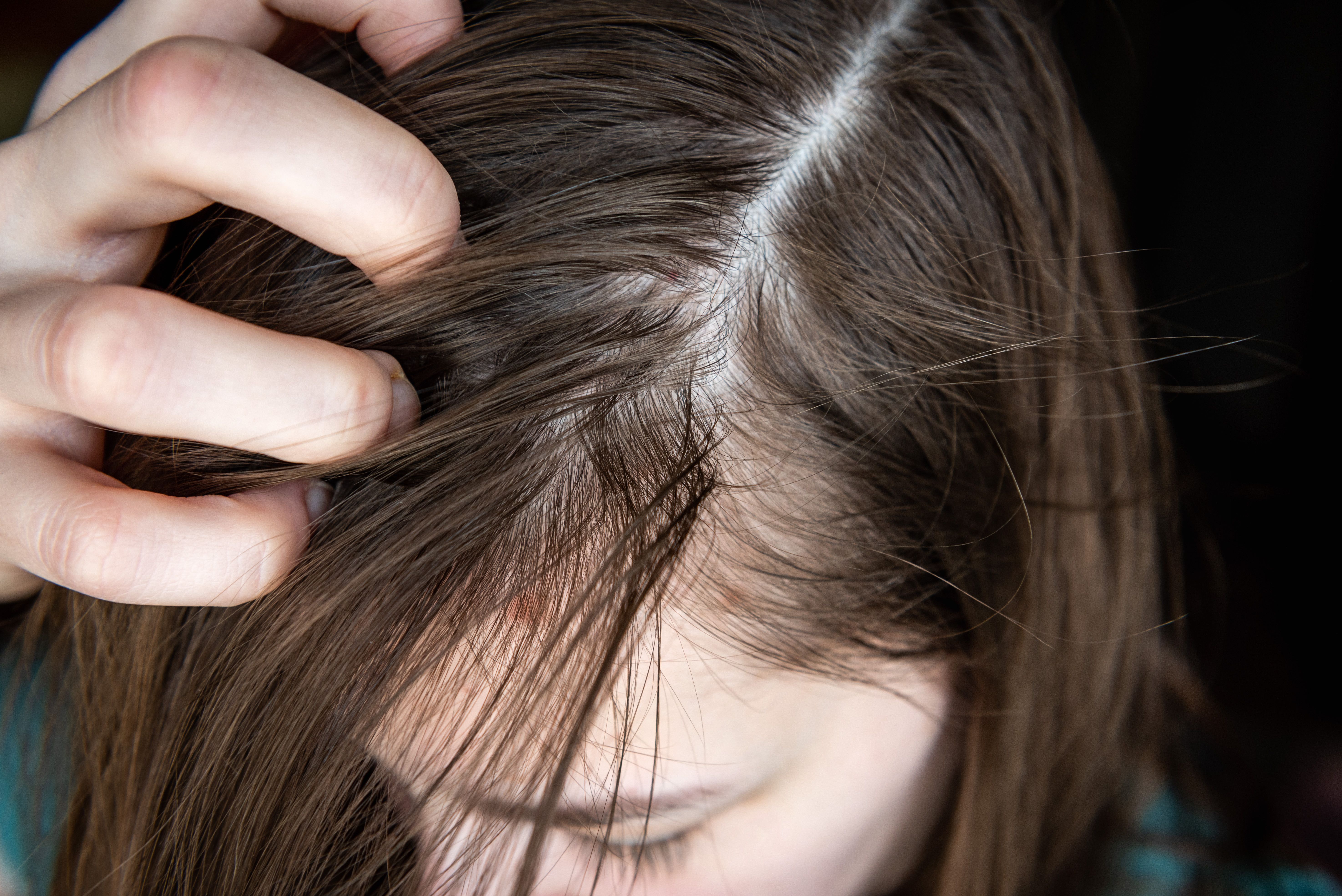- Center on Health Equity & Access
- Clinical
- Health Care Cost
- Health Care Delivery
- Insurance
- Policy
- Technology
- Value-Based Care
Upadacitinib May Induce Alopecia Areata in Patients With AD
Upadacitinib, a drug used to treat atopic dermatitis (AD), may potentially induce alopecia areata, a case study suggests.
Upadacitinib, a drug used to treat atopic dermatitis (AD), may potentially induce alopecia areata, a case study suggests. | Image Credit: Natallia - stock.adobe.com

Upadacitinib was found to potentially induce alopecia areata in a patient who used it for almost a year to treat atopic dermatitis, according to a study published in Cureus.1
Upadacitinib is approved to treat several inflammatory conditions, including atopic dermatitis, psoriatic arthritis, Crohn disease, rheumatoid arthritis, ankylosing spondylitis, and ulcerative colitis. Upadacitinib is a Janus kinase (JAK) inhibitor that modulates immune responses and effectively controls inflammation.
In January 2022, upadacitinib (Rinvoq) was approved to treat atopic dermatitis, a condition that results in itchy rashes that cannot be controlled by topical medications as a singular treatment.2 Upadacitinib works by blocking immune signals and inhibits inflammatory effects of key cytokines involved in atopic dermatitis. The drug selectively prevents JAK1s from evoking inflammation symptoms and itch that are associated with several cytokines and other pathways.
Research has found the drug to be beneficial among patients with moderate to severe atopic dermatitis following more than 1 year of continuous treatment.3 Common adverse events included cutaneous or infectious diseases, blood test changes, and infections.
Patients with alopecia areata have a 16% increased risk of also having an autoimmune disease like thyroid disease, vitiligo, and lupus erythematosus that is linked to the hair loss disorder.4 Additionally, an average of 39% of alopecia areata cases also have atopic dermatitis, a subtype of eczema.
A case study assessed a 55-year-old female patient with severe atopic dermatitis who was prescribed an original dose of 15 mg upadacitinib daily.1 After 3 months of consistent treatment, the dose was increased to 30 mg daily to reach greater disease control. The patient reported her atopic dermatitis symptoms improved significantly.
Almost 1 year after upadacitinib treatment (11.7 months), the patient reported 2 round patches of hair loss on her scalp despite no prior history of alopecia areata. Intralesional triamcinolone 5 mg/mL injections treated the subsequent hair loss of the patient.
The onset of hair loss in upadacitinib treatment is significant because JAK inhibitors are FDA-approved treatments for this condition. However, upadacitinib has a narrower target compared with other JAK inhibitors approved for alopecia areata, like ritlecitinib or baricitinib. Although upadacitinib inhibits JAK1, ritlecitinib inhibits JAK3/TEC-kinase and baricitinib inhibits JAK1/2.
Researchers hypothesized the mechanism that induced alopecia areata with upadacitinib could be that the modulation of JAK1 is not enough. This could be based on the multiple JAK pathways necessary to be modulated for the prevention of the autoimmune symptoms seen in alopecia areata. Also, it is unlikely that JAK1 is the primary pathway that leads to the emergence or exacerbation of autoimmune conditions. Typically, drug-induced alopecia areata occurs within a year of treatment initiation, which could indicate a relationship between the onset of hair loss and treatment commencement.
Based on the increased risk between atopic dermatitis and alopecia development, the emergence of alopecia could be attributed, in part, to an autoimmune complication. The possibility of drug-induced alopecia areata from upadacitinib challenges the thought process that the patient’s hair loss is only related to an underlying atopic dermatitis condition.
Some case reports argue upadacitinib could be a possible treatment method for patients with alopecia areata, but the improvements vary widely, the case reports’ authors noted, and do not include convincing evidence to establish any links between upadacitinib and the resolution of alopecia areata.
“Further research is needed to better understand this rare presentation, including the possibility that inhibition of JAK1 alone may not be sufficient, potentially leading to drug-induced alopecia areata,” concluded the study authors.
References
- Chang AH, Brownstone ND, Hsu S. Drug-induced alopecia areata from upadacitinib. Cureus. 2024;16(8):1-5. doi:10.7759/cureus.66647
- Rinvoq (upadacitinib). National Eczema Association. Accessed October 15, 2024. https://nationaleczema.org/faq-upadacitinib/
- McCormick B. Upadacitinib effective in treating patients with moderate to severe AD, study says. AJMC®. February 14, 2024. Accessed October 15, 2024. https://www.ajmc.com/view/upadacitinib-effective-in-treating-patients-with-moderate-to-severe-ad-study-says
- Alopecia areata overview: types, causes, symptoms, and treatment. Pfizer. Accessed October 15, 2024. https://www.pfizer.com/disease-and-conditions/alopecia-areata#:~:text=People%20with%20alopecia%20areata%20face
The Breakdown: Breast Cancer Research Awareness Day
August 19th 2025Breast cancer is the second most common cancer among women and the second leading cause of cancer-related deaths among women in the US. In light of Breast Cancer Research Awareness Day, The American Journal of Managed Care® breaks down the most recent advancements in breast cancer prevention, screening, and therapies.
Listen
